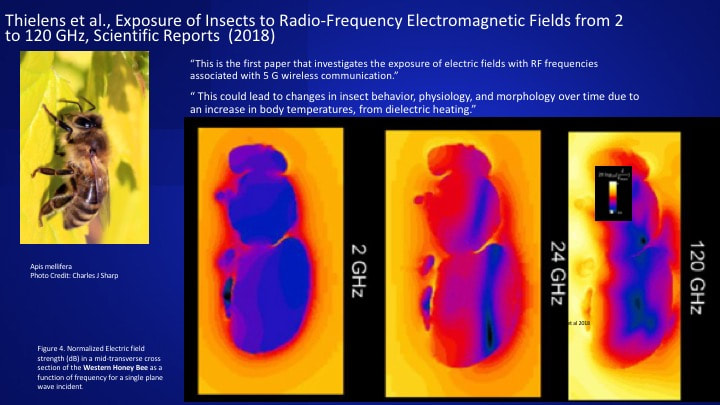When you? ve at any time strolled by way of a community, you may possess spotted small micro 5G cell systems on street lighting poles. These show up like small bins, but they? lso are really transmitting cordless signals from cell carriers to your own phone.
https://telegra.ph/Is-definitely-5g-unhealthy-to-suit-your-needs-03-28-2 , purpose-built cell podiums are replacing bigger, purpose-built ones. When less obvious, these people may nevertheless pose issues for folks.
The particular FCC? s Light Exposure Thresholds
The Radiation Exposure Thresholds of the FCC establish the risk-free distance from which a person could possibly be exposed to electromagnetic radiation from cordless devices. The direct exposure limitations are based on scientific proof indicating that RF energy may end up being hazardous to individuals health.
The precise absorption rate (SAR) quantifies the radiofrequency power absorbed by tissue. It is typically 1. 6 w per kilogram, proportioned across one gram of tissue.
Nonetheless, since 5g transmits at higher frequencies, it may stimulate more energy intensity around the skin in addition to other immediately subjected body parts. This may result in a new variety of feasible consequences, such since the accelerated growth of skin health problems such as eczema, skin cancer, plus cataracts.
Due of the potentially serious consequences of 5g radiation, PSU has opted to impose a general local power density limitation of 4 mW/cm2 averaged over 1 cm2, and not to exceed 25 minutes, for all 5G services at 3000 GHz. This confined limit is constant with the maximal spatial-average SAR of 1. 6 W/kg averaged across just one g of cells at 6 GHz.
The FCC? s i9000 Maximum Exposure Thresholds
If you've ever before used a cell phone, an individual surely understand that an individual must be at least 400 meters away from tower for basic safety. This is credited to the simple fact that the transmitting strength of any mobile tower grows considerably with distance.
While faraday hats may appear like a wonderful idea, the truth is that all those living close to towers may be additional prone to health issues. A 2014 research in Of india, for instance, indicated that persons that resided within fifty meters of mobile phone towers had higher health concerns compared to those who existed farther away.
Yet, this research also revealed that signs and symptoms returned to regular within a few times for persons who else relocated to places distant from cellular towers. Several reports have indicated that exposure to higher numbers of radiofrequency electromagnetic fields (EMFs) may well induce cancer, brain tumors, and other health concerns.
RF radiation, which is usually used in cordless communication, may penetrate the outermost layer of the body, the skin. Typically the skin functions as a protective obstacle against mechanical harm, infection by pathogenic bacteria, and the particular admission of harmful chemicals. It is definitely responsible for conserving the integrity regarding other organs which is the biggest body inside the human physique.
Minimum Exposure Thresholds of the FCC
The FCC's Minimum Exposure Thresholds derive from a number of unsupported scientific assumptions. They include the invalid notion that initial exposures to RF radiation are safe outstanding to low sexual penetration into the human body (i. e., tissues heating) (i. elizabeth., tissue heating).
Moreover, the assumption disregards the deeper transmission of the ELF pieces of modulated RF signals plus the influence of brief temperature bursts from pulsed RF waves. These assumptions tend not to align with the existing knowledge of typically the biological effects involving RF radiation; thus, they should not get utilized to build health-protective exposure boundaries.

Additionally , the ICNIRP and FCC confine their maximum exposure limits to local peak SARs centered on the peak spatial specific intake rate (psSAR), which can be an insufficient dosimetric technique for assessing the level of RF radiation exposure. Specifically, psSAR is incorrect from frequencies greater compared to 6 GHz. Furthermore, psSAR has not been investigated for RF light with co-exposure to be able to other environmental aspects such as the sun. Interactions between radiofrequency (RF) radiation in addition to other environmental aspects may have bloodthirsty or synergistic effects. This would boost the probability of hazardous health outcomes. Co-exposure to RF radiation and sunshine, for instance, may boost the risk of skin area cancer and intensify other skin problems, for instance acne.
